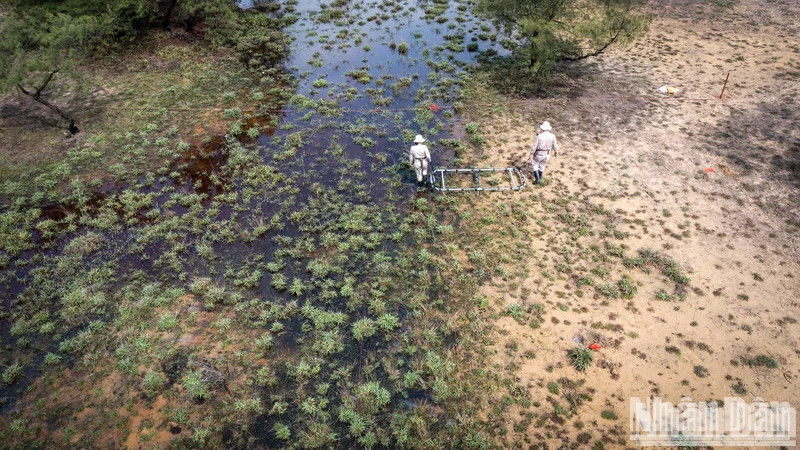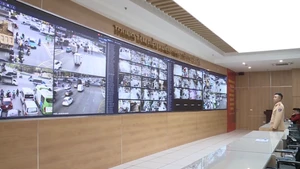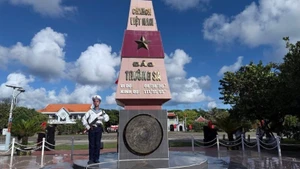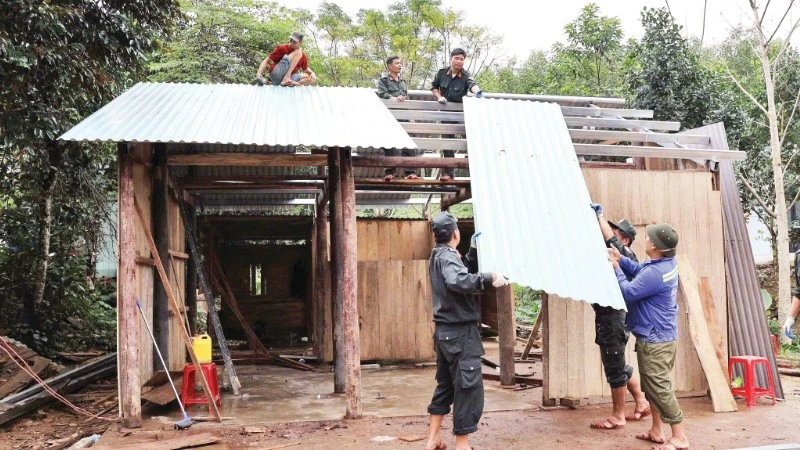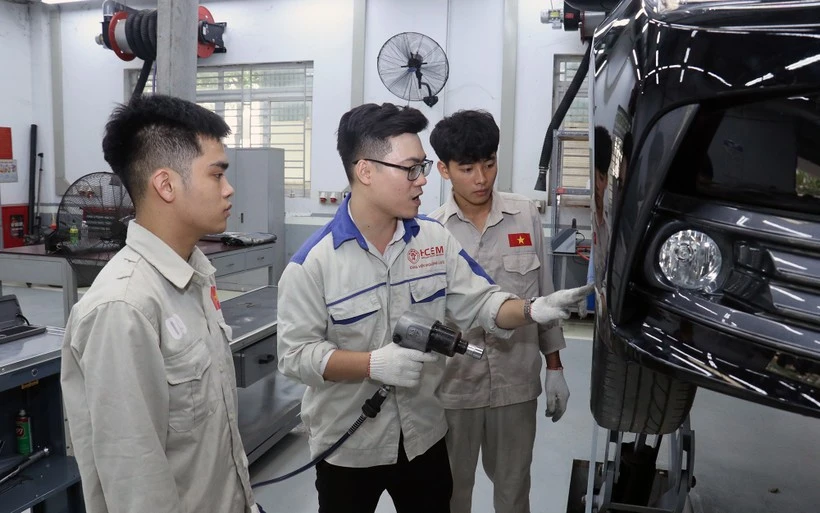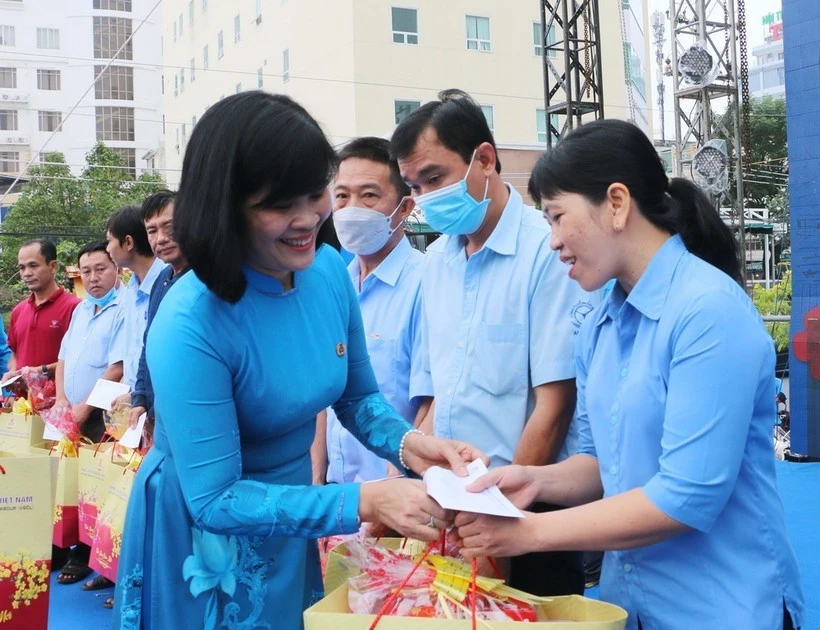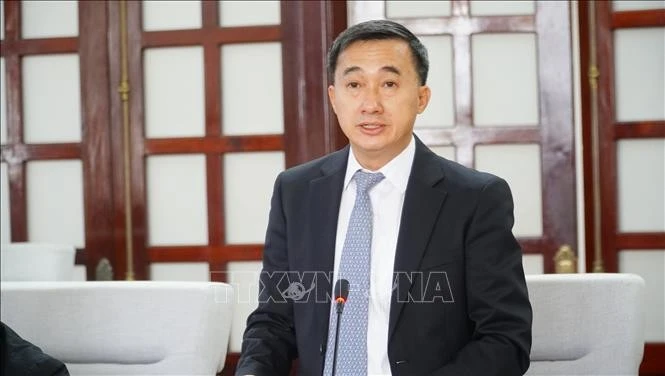Vietnam currently remains one of the countries with the highest rate of bomb and mine pollution in the world. It is estimated that a total of about 800,000 tonnes of bombs and mines are left over from the war in Vietnam, with the total contaminated area and suspected mine pollution covering about 6.1 million hectares, accounting for 18.32% of the total area of the country.
The number of mines and unexploded ordnances is still scattered in 63 provinces and cities, mainly in the central provinces as well as the Central Highlands and Southeast regions.
By 2023, after decades of bomb and mine clearance, approximately 5.6 million hectares are still contaminated, requiring a considerable amount of time and resources to completely clean up these polluted areas, bringing greenery back to the land and ensuring safety for the people's lives.
From 1975 to the present, unexploded ordnance has claimed the lives of over 40,000 people and injured 60,000, mostly primary breadwinners within families and children. In some central provinces such as Quang Binh, Binh Dinh, Nghe An, Ha Tinh, Quang Tri, Thua Thien Hue, and Quang Ngai, there have been more than 22,800 victims of bombs and mines during daily activities and production, including 10,540 deaths and 12,260 injuries.
In recent years, the Party and State have paid due care and attention to addressing the consequences of bombs and mines, including bomb and mine clearance, social assistance for bomb and mine victims to reintegrate into the community, and dissemination of education to prevent bomb and mine accidents for the people.
On April 21, 2010, the Prime Minister signed a decision to issue the National Action Program for Overcoming the Consequences of Bombs and Mines after the War (referred to as Program 504).
To implement the tasks of Program 504, on March 4, 2014, the Prime Minister issued Decision No. 319/QD-TTg to establish the Vietnam Mine Action Centre (VNMAC). Over the past ten years of construction and development, VNMAC has continuously overcome difficulties, making efforts to fulfil its role as the national coordinating body for post-war bomb and mine clearance activities in Vietnam.
As a result, from 2006 to 2022, a total of 7,553 projects have been implemented nationwide, including surveying and clearing bombs, mines, and explosives, releasing nearly 600,000 hectares of land, collecting and safely destroying hundreds of tons of bombs, mines, and explosives, significantly reducing contaminated land area.
Every year, on April 4th, World Mine Awareness Day is particularly focused on by ministries, sectors, and localities, implementing a series of events to raise awareness of bomb and mine accident prevention for the people, providing assistance and livelihood support for bomb and mine victims to reintegrate into the community, and promoting sustainable livelihood development.
The work of supporting bomb and mine victims to reintegrate into the community is also being implemented effectively by ministries, sectors, and localities, organising support activities for bomb and mine victims according to regulations, ensuring the safety of people's lives, helping thousands of victims reintegrate into the community and other affected individuals to receive medical support, vocational training, job creation, livestock and crop support, and household economic development.
By 2022, 100% of commune-level units have identified, classified, ranked, and issued cards to people with disabilities (including bomb and mine victims and victims of chemical poisoning); over three million people with disabilities have been issued disability certificates, receiving monthly allowances and support for economic development, stabilising their lives.
However, overcoming the consequences of landmines and UXO, including clearing mines and UXO and providing social assistance for UXO victims, still faces many difficulties.
Currently, in many localities, people are still producing and living on land contaminated by bombs, mines, and explosives, leading to many bomb and mine accidents causing serious damage to people's lives and property. According to statistics, in recent years, an average of about 50 people die each year due to bomb and mine accidents.
The process of treating bomb and mine-contaminated land has not been specifically regulated and unified, causing difficulties in coordinating and directing activities between state management agencies, localities, and units.
As a result, the Ministry of National Defence has proposed to the National Assembly and the government to assign the Ministry of National Defence to lead and coordinate with the Ministry of Justice and relevant ministries and sectors to draft a law on overcoming the consequences of bombs and mines after the war, submit it to the government for consideration, and report to the Standing Committee of the National Assembly for approval in 2025.
Accordingly, ministries and sectors need to closely coordinate with the Ministry of National Defence to effectively conduct advisory, proposal, coordination, strategy, program, long-term, medium-term, and annual plan development, ensuring effective implementation of the objectives of Programme 504 and Decision No. 748/QD-TTg of the Prime Minister.
Affected localities need to pay attention to investing in infrastructure, equipment, and training of functional recovery officers to meet the healthcare needs of people with disabilities (including bomb and mine victims), increase investment, and ensure resources for implementing the task of overcoming the consequences of bombs and mines after the war.
